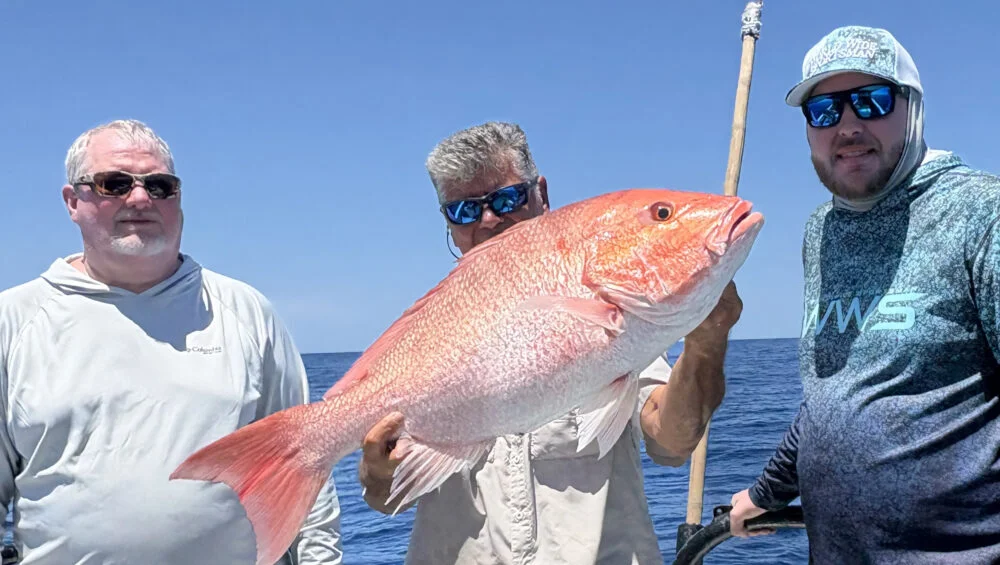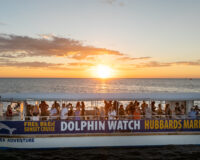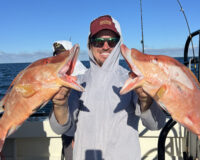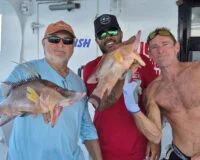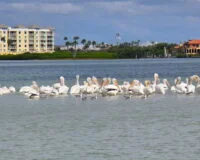Inshore Fishing Report
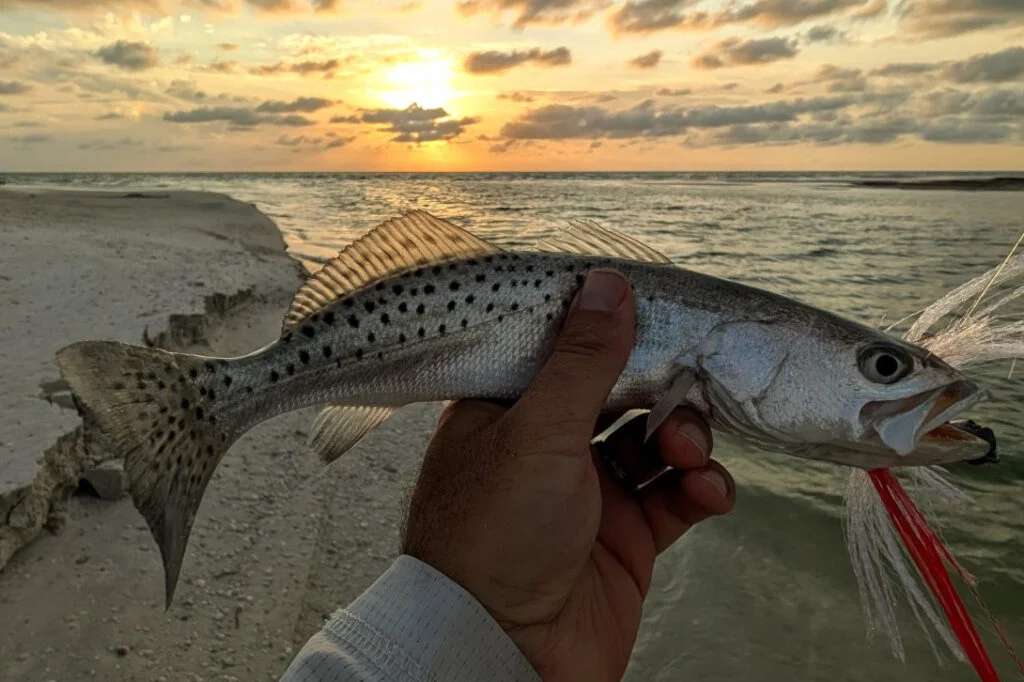

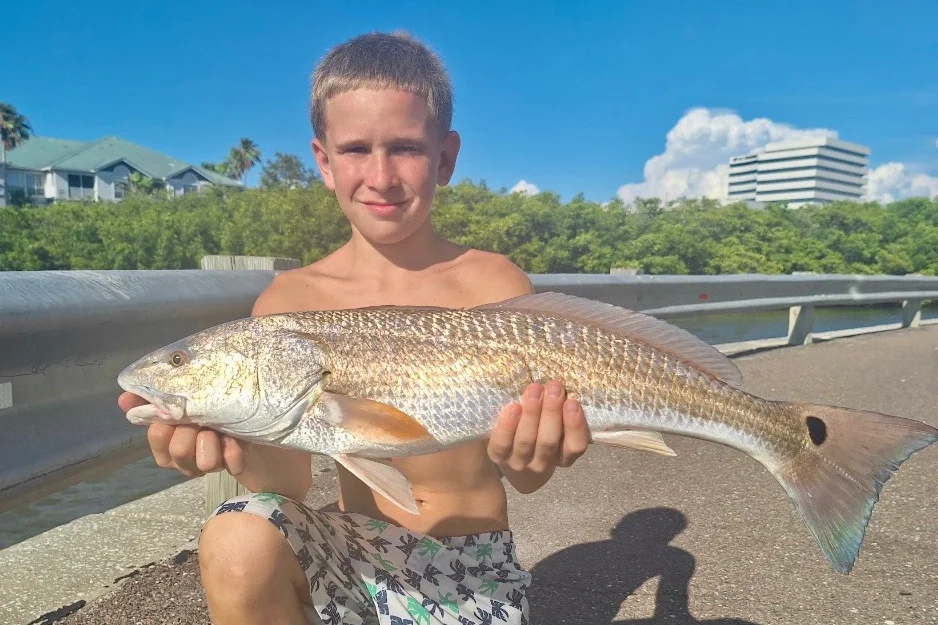
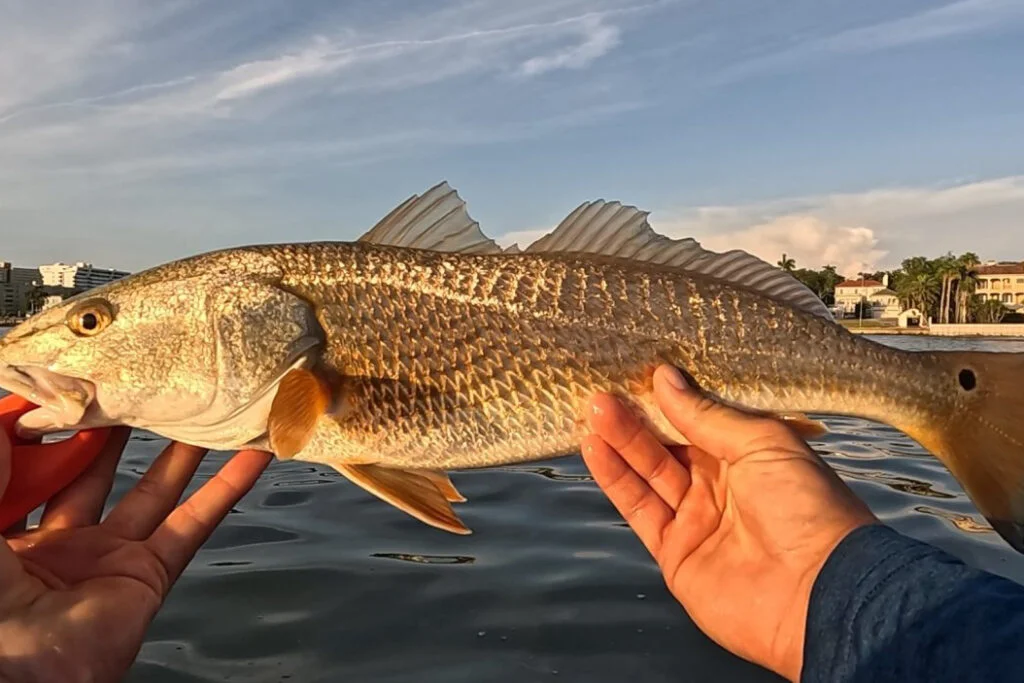
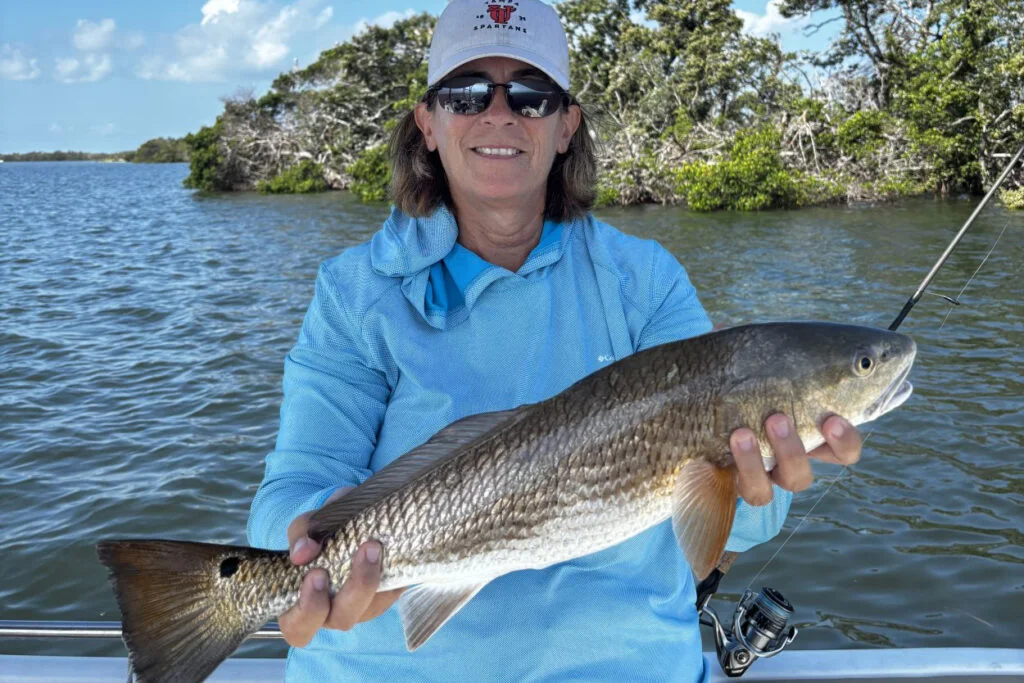
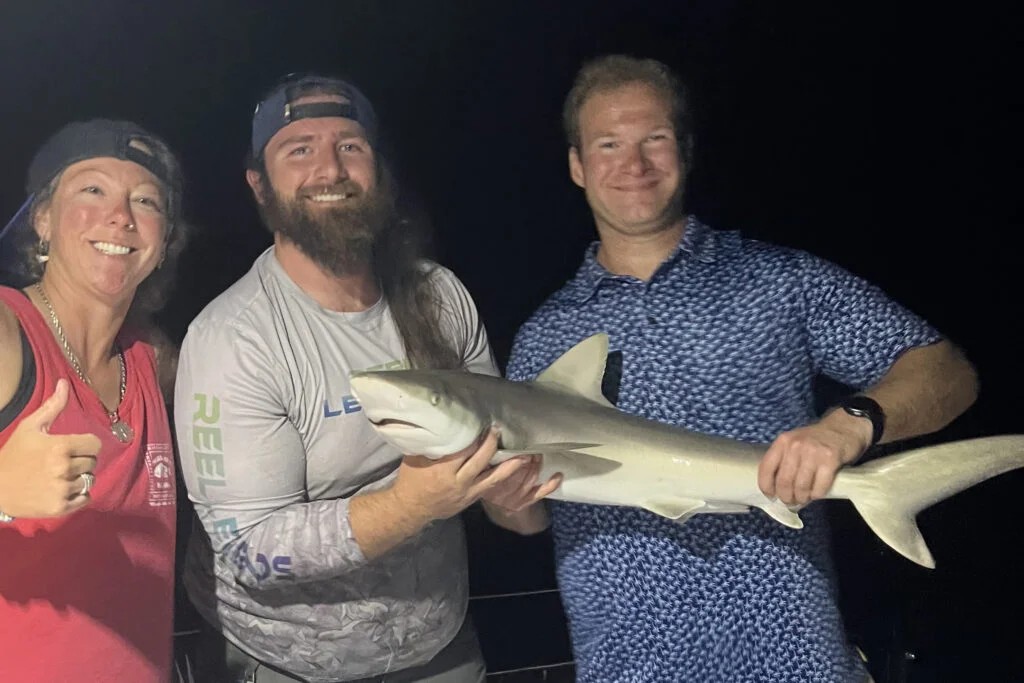
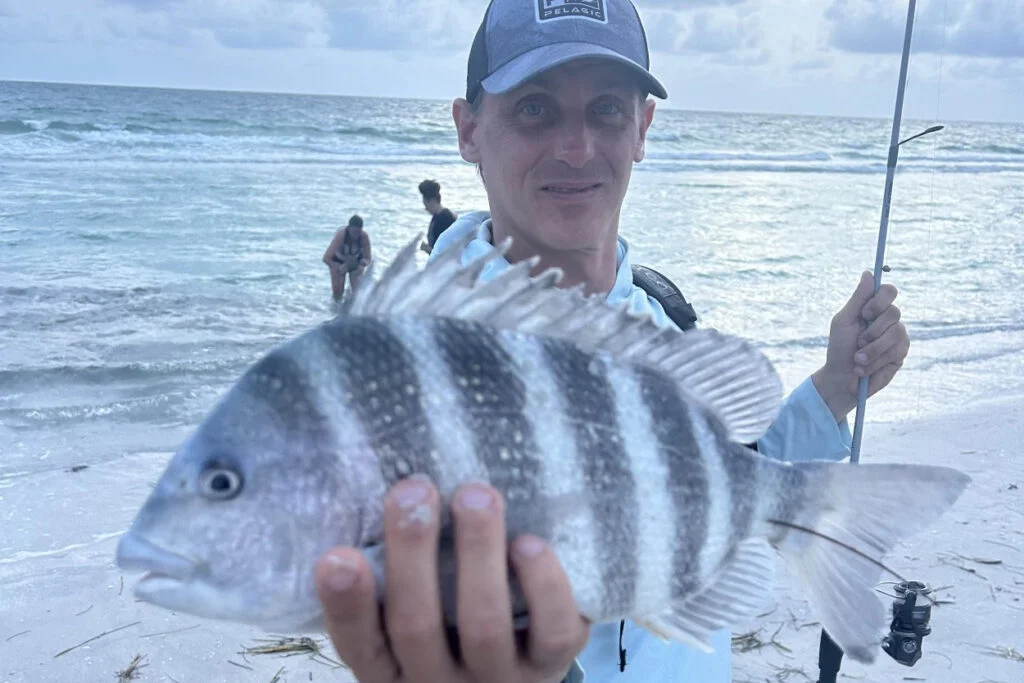
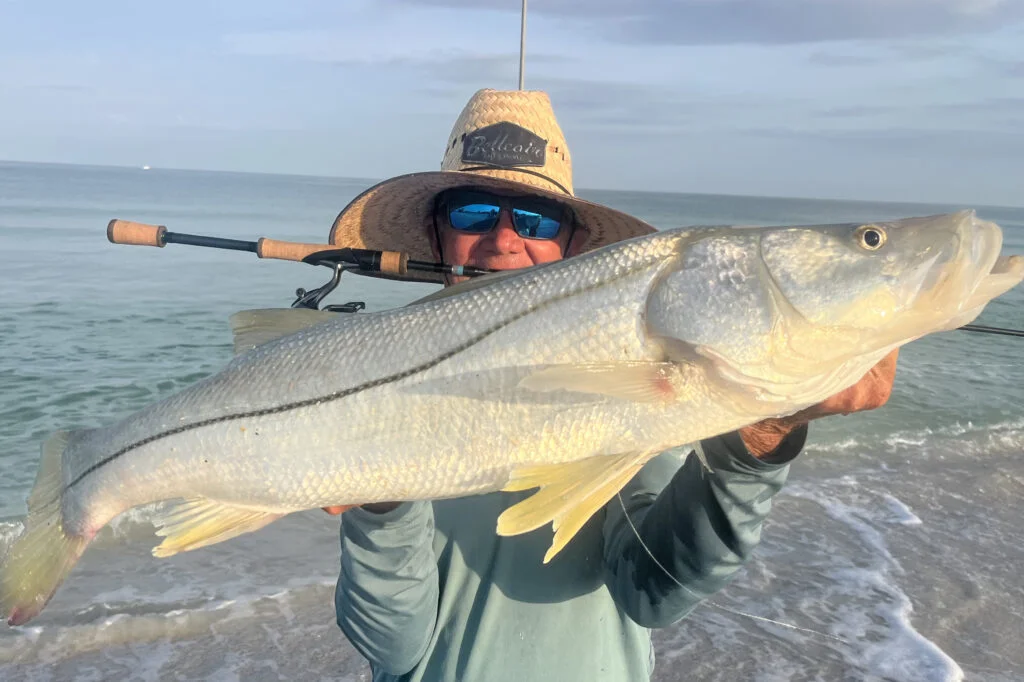

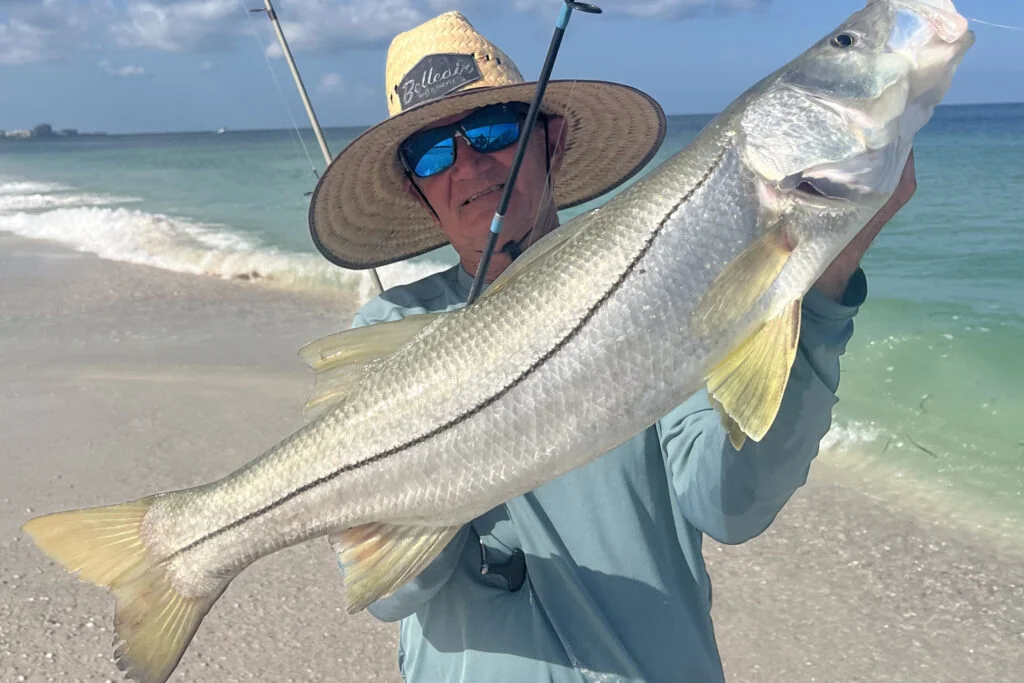
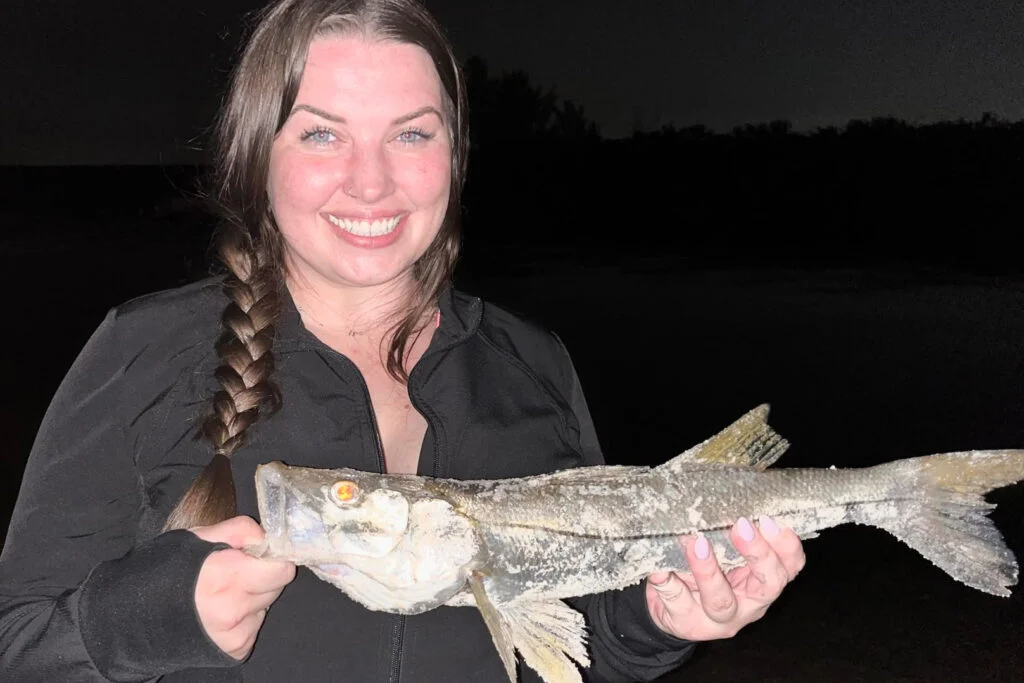
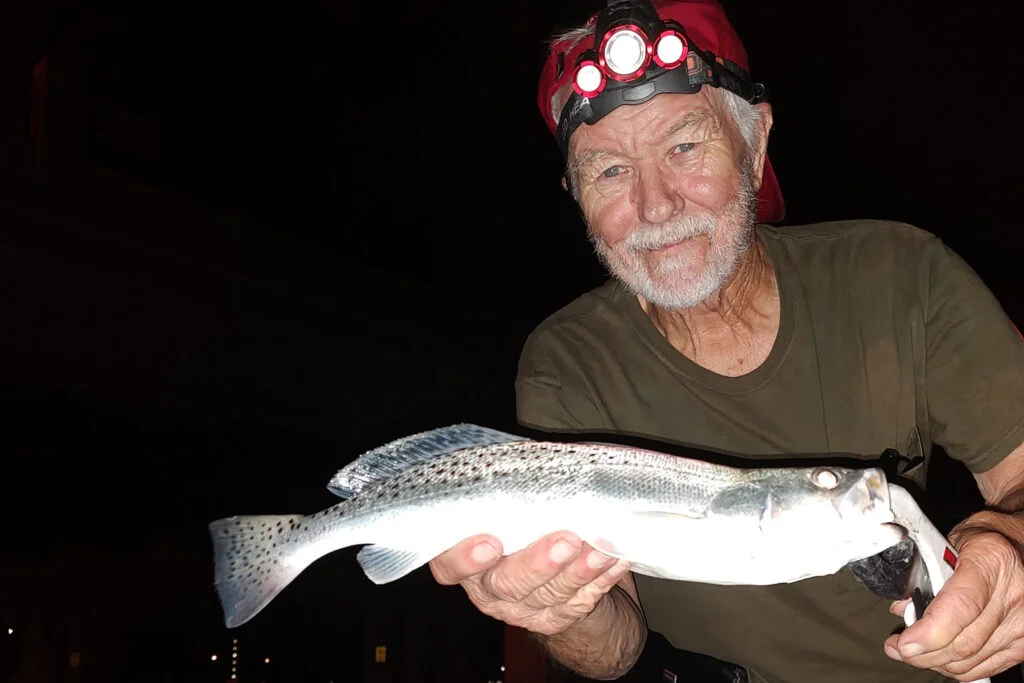
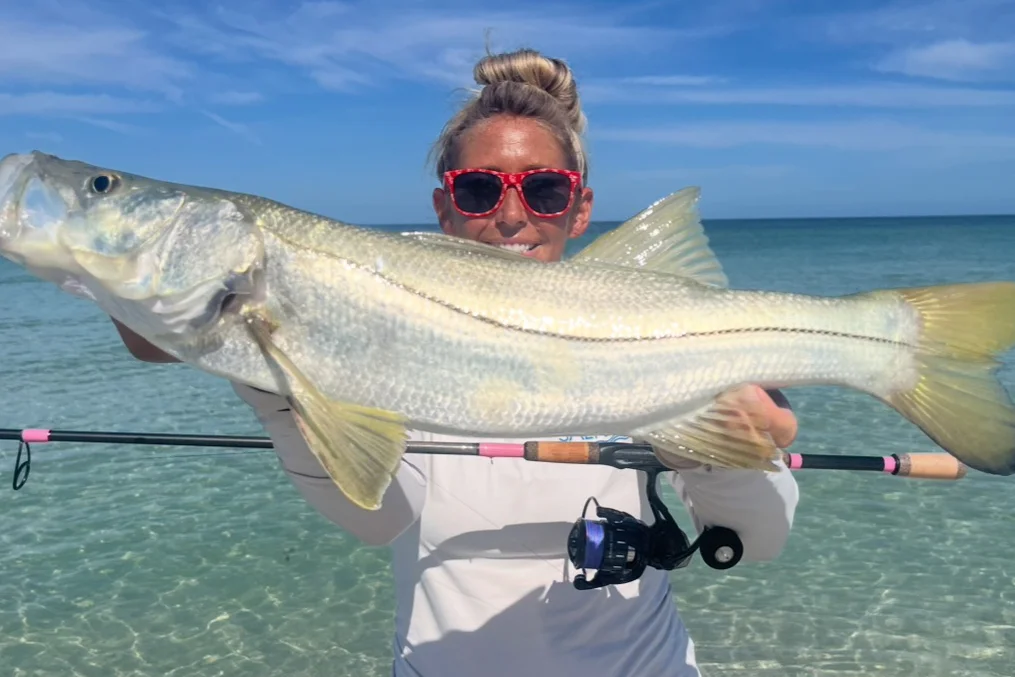


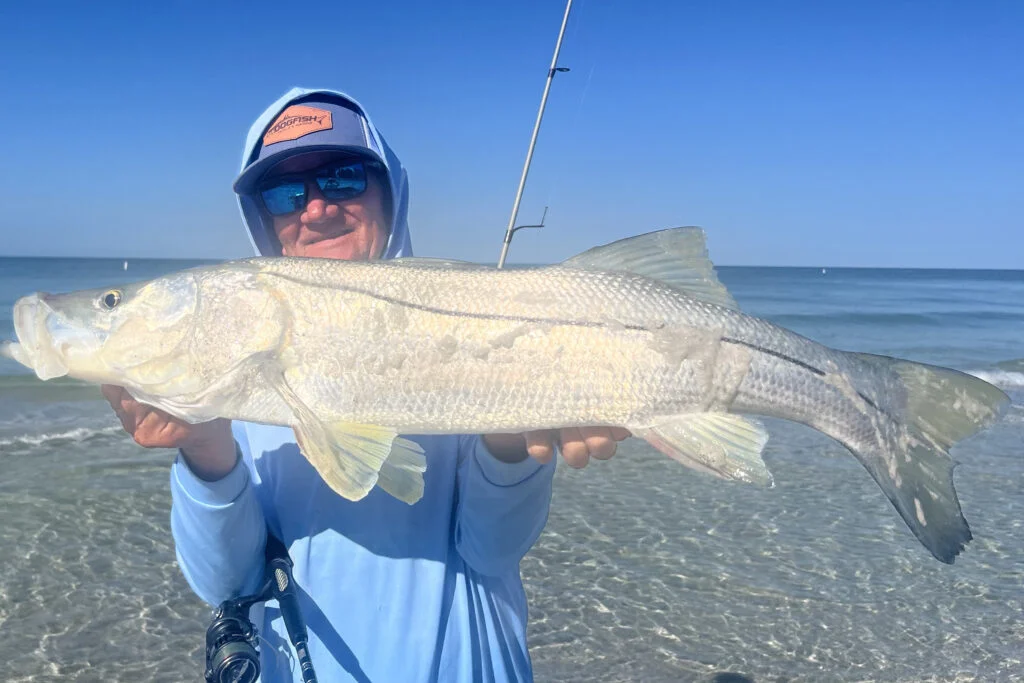
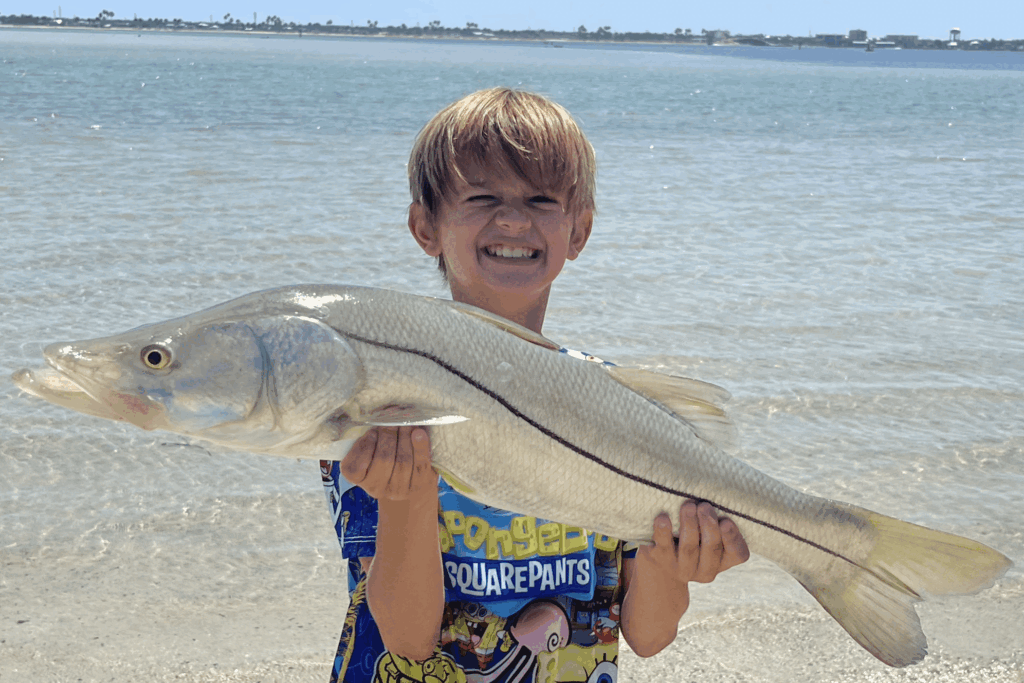

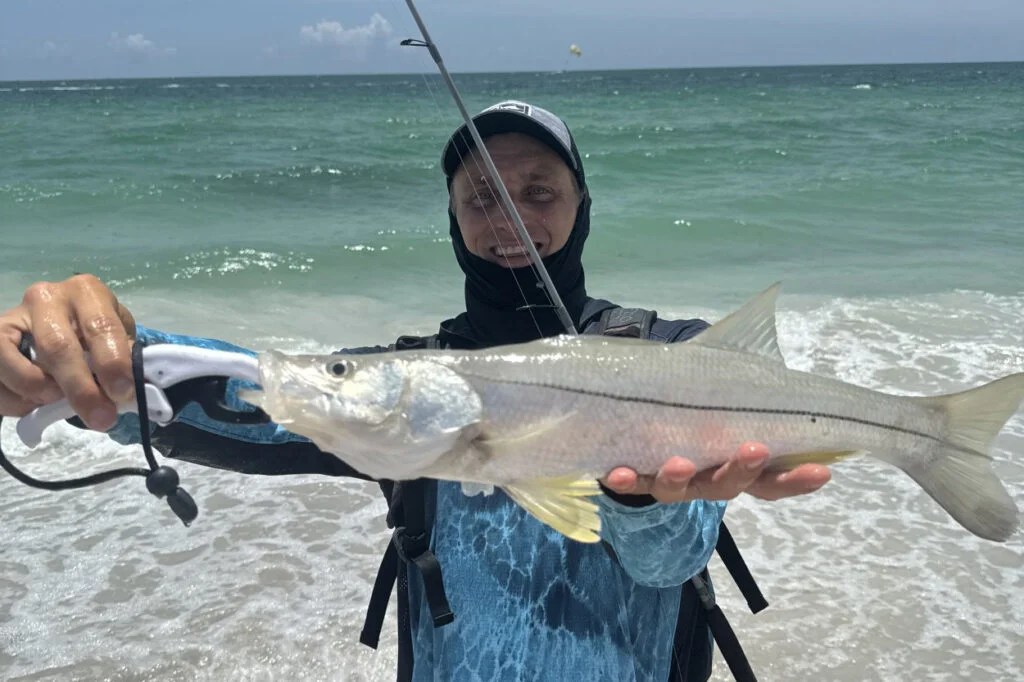
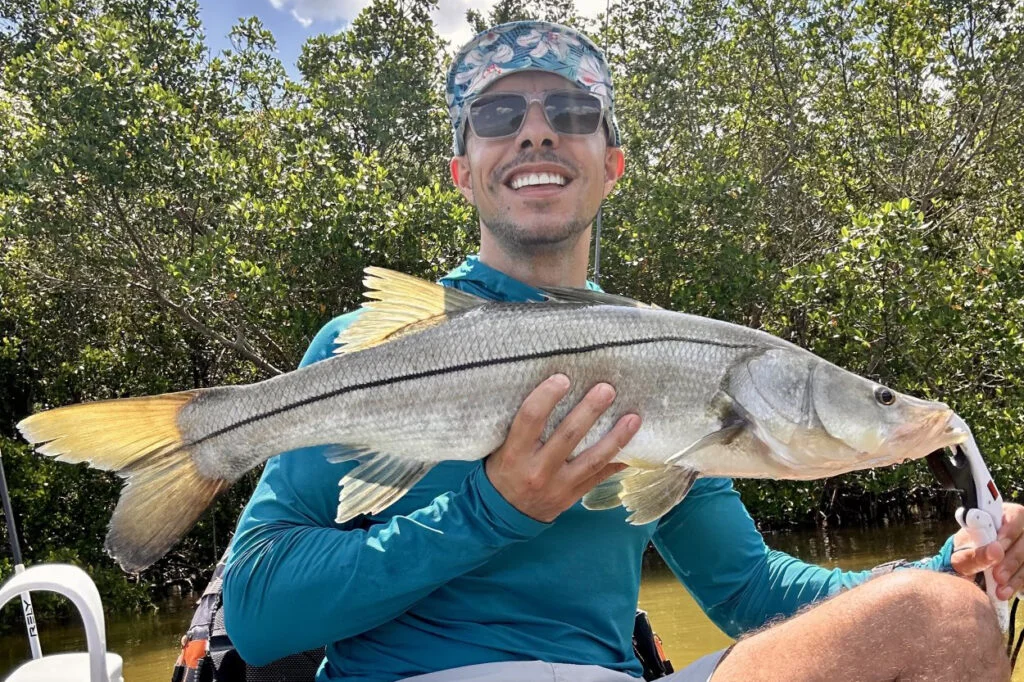
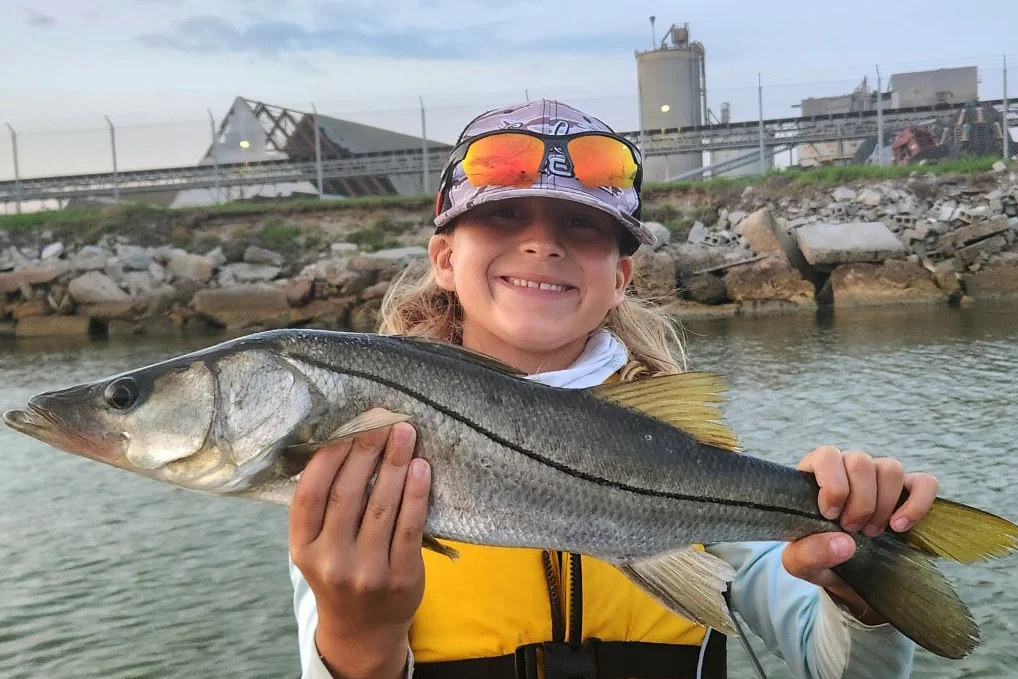
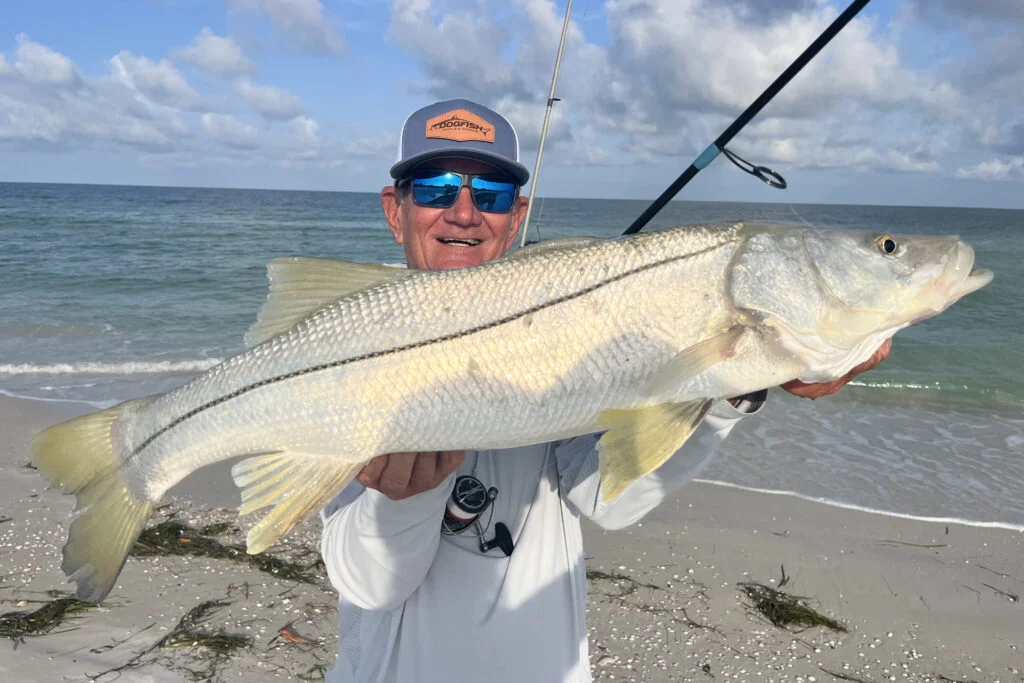
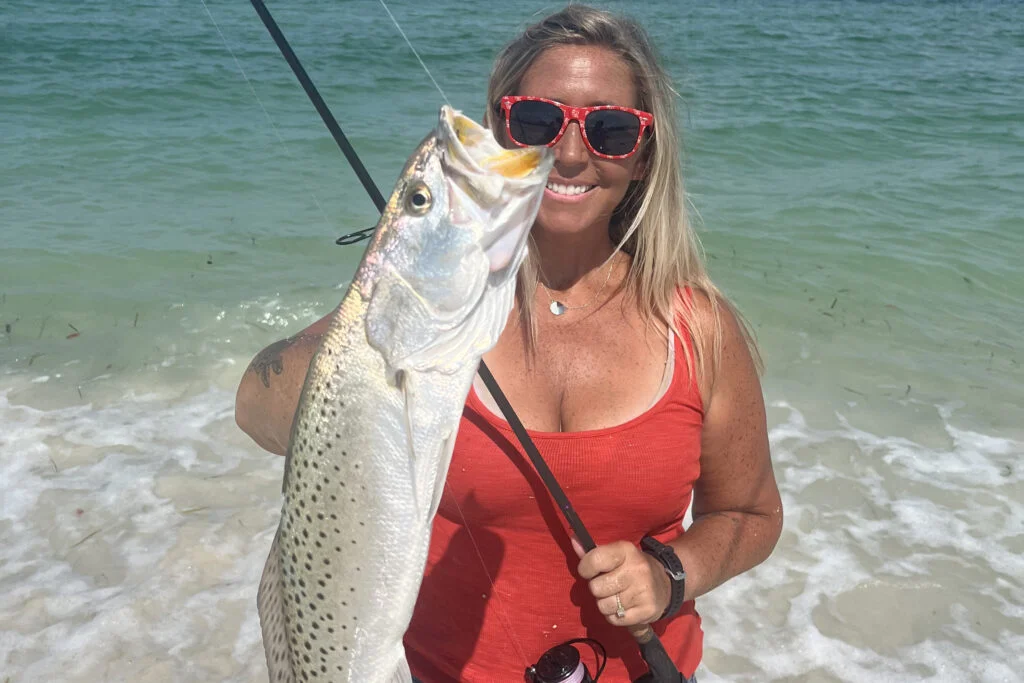
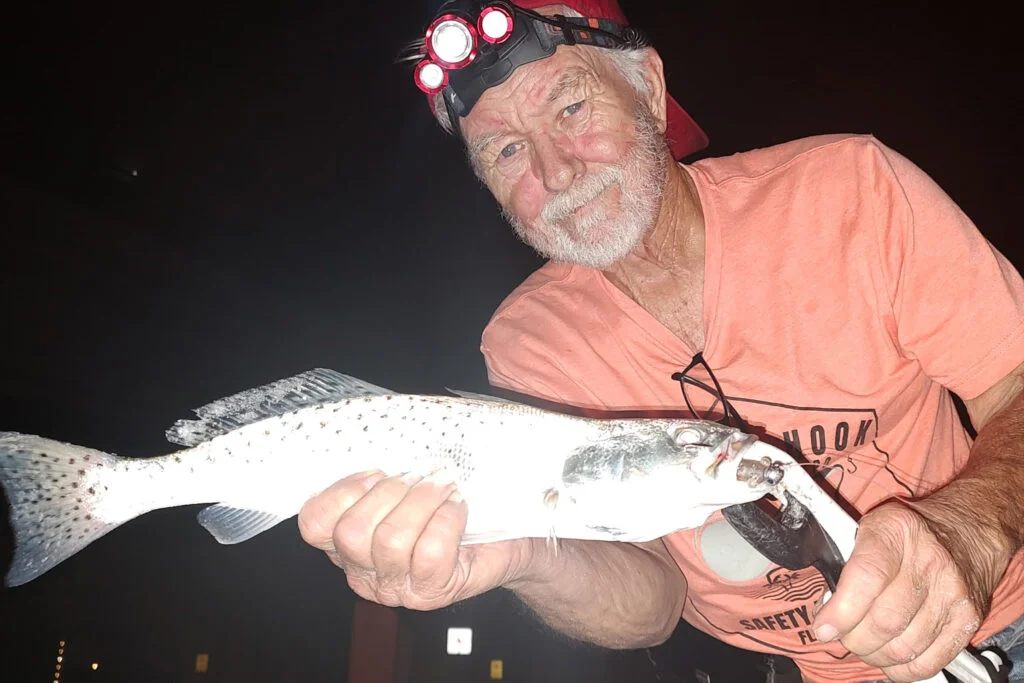

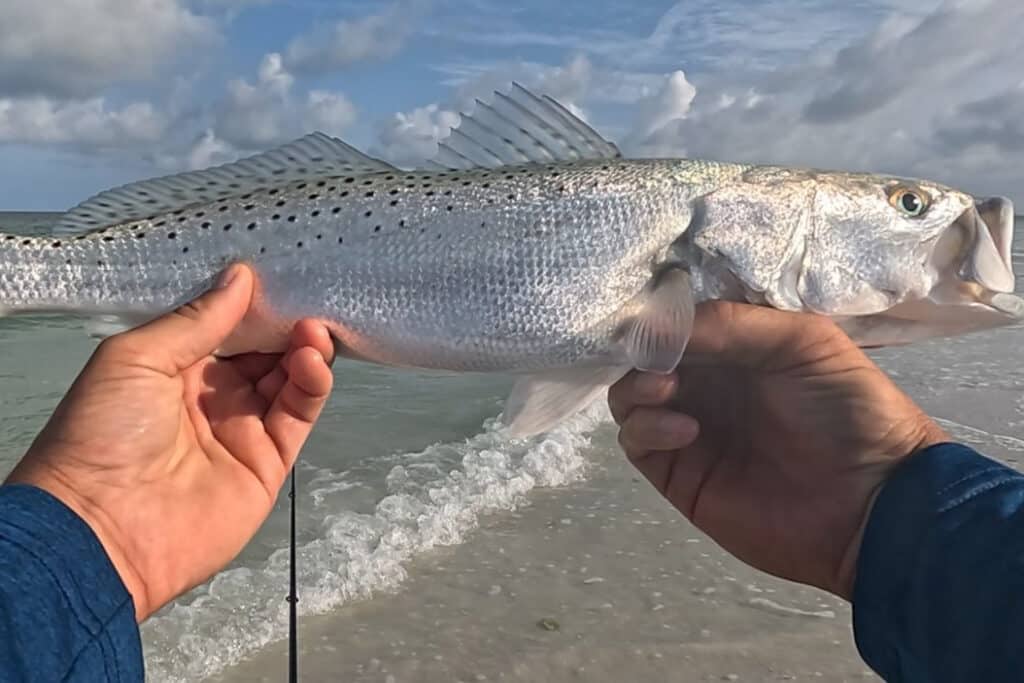
Snook are stacking up heavy in the passes and along the beaches, though there are still plenty moving around the back bay flats and mangrove islands. Redfish action remains steady, but the heat has pushed them into shaded or deeper areas. Look for them under mangroves at high tide or around dock lines near flowing water or flats and deeper flats. Trout have slowed slightly but can still be found on deeper flats, drop-offs, and areas with stronger water movement. Tarpon are thick and active around the mouth of Tampa Bay, passes, bridges, and along the beaches. This is a great time to hook into a silver king. Flounder action has dropped off, though a few are being caught along sandy edges near passes and beaches. Pompano are extremely spotty right now but can occasionally be found on the jetties and beaches. Mackerel remain heavy in the area—especially in deeper, fast-moving water where bait is present. Sharks are thick, including bull sharks, blacktips, and bonnetheads both in the bay and along the beaches.
Fishing Tips
- Snook: Use live baits like greenbacks, threadfins, and shrimp, or try flair hawks and soft plastics at night.
- Redfish: Look for them around mangroves, oyster bars, and flats, and use dead baits during higher tides.
- Trout: Target them with soft plastics, white bait, and shrimp around deeper flats and potholes.
- Tarpon: Target them during the full moon with crab flushes, making it an ideal time to target them.
- Flounder: Find them near sandy bottoms and structures, biting on bottom baits.
- Pompano: Be prepared to move frequently to stay on their bite.
- Sharks: Use big dead baits in areas with moving water.
Help spread the word about what to do if you hook or entangle a bird. Never cut the line; instead, reel in the bird carefully to dehook and release it. If you accidentally hook a dock, break the line at the hook to avoid leaving any line in the water. Seabirds with fishing lines hanging from them are becoming more common, and this could lead to the closure of fishing areas.
Rising concerns about bird entanglements might result in closing fishing spots, impacting the few available locations around Tampa Bay from shorelines, docks, bridges, or piers. Learn more in our recent podcast with Salt Strong: https://www.saltstrong.com/articles/shutting-down-fishing-at-busy-pier/.
NEarshore Fishing Report
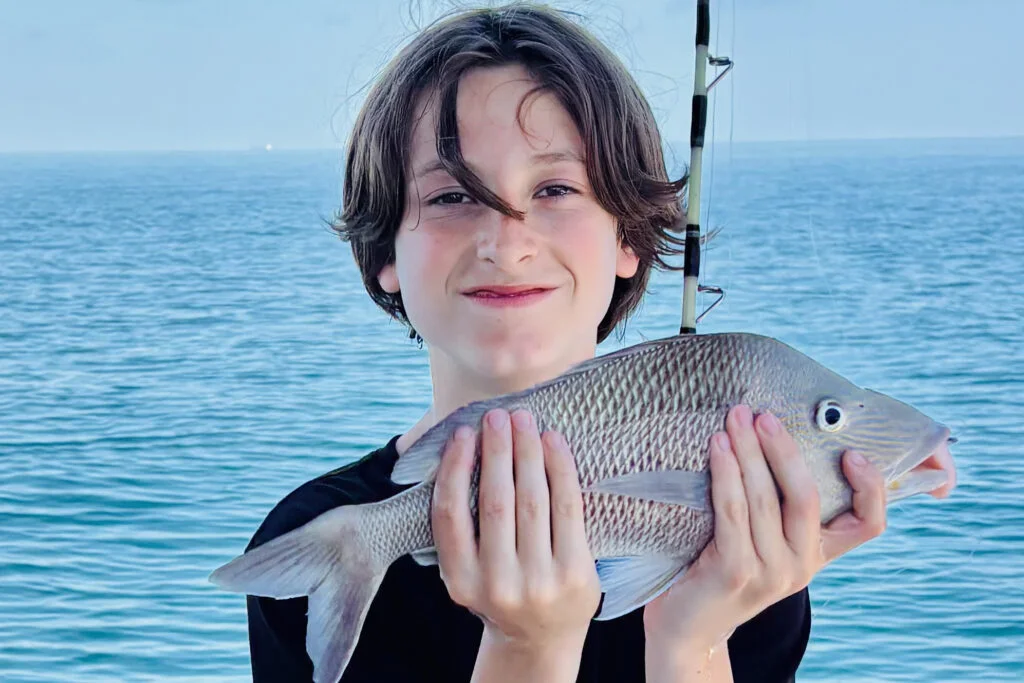
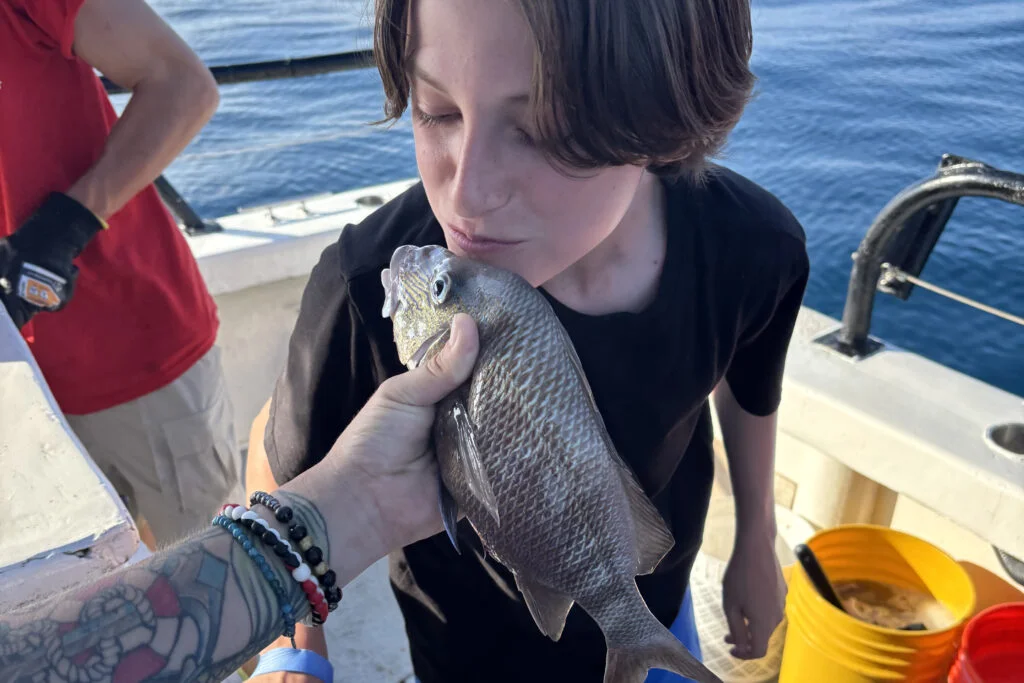
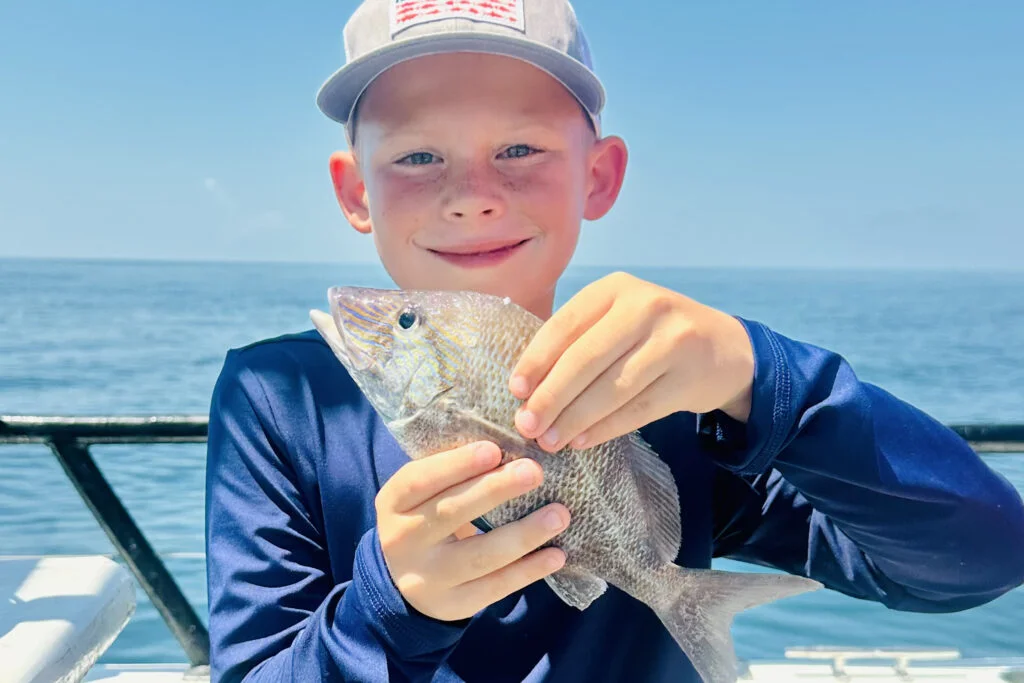
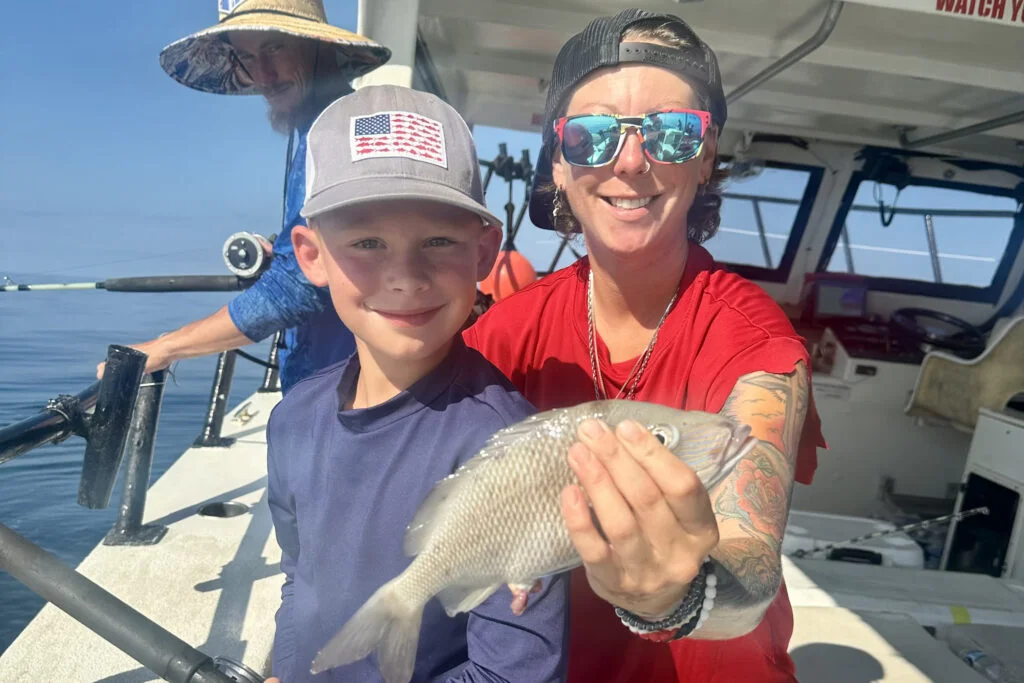
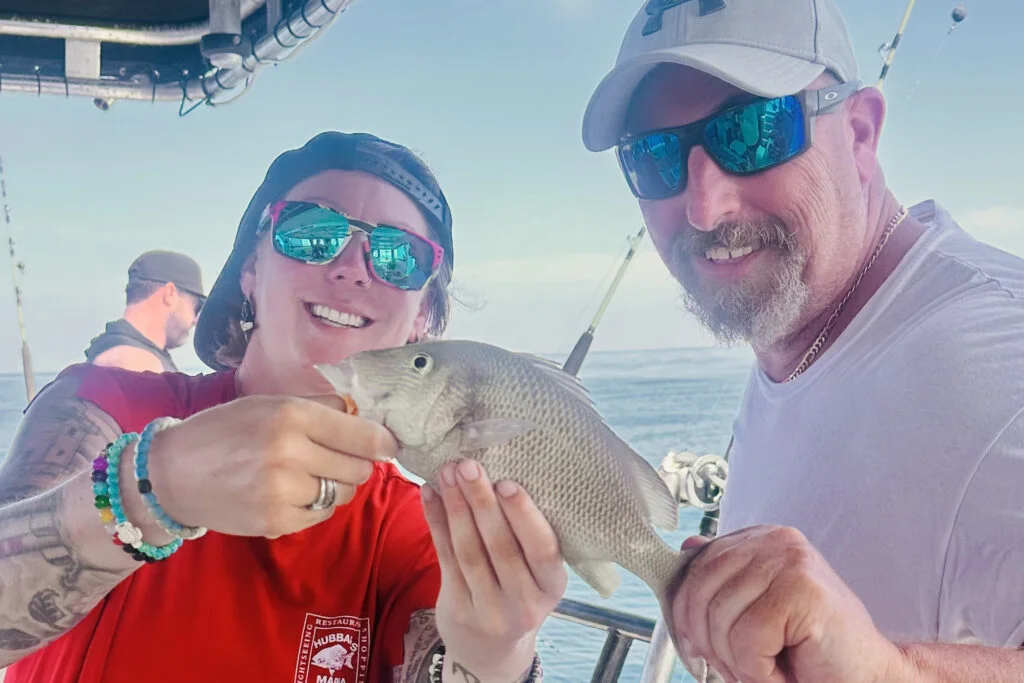
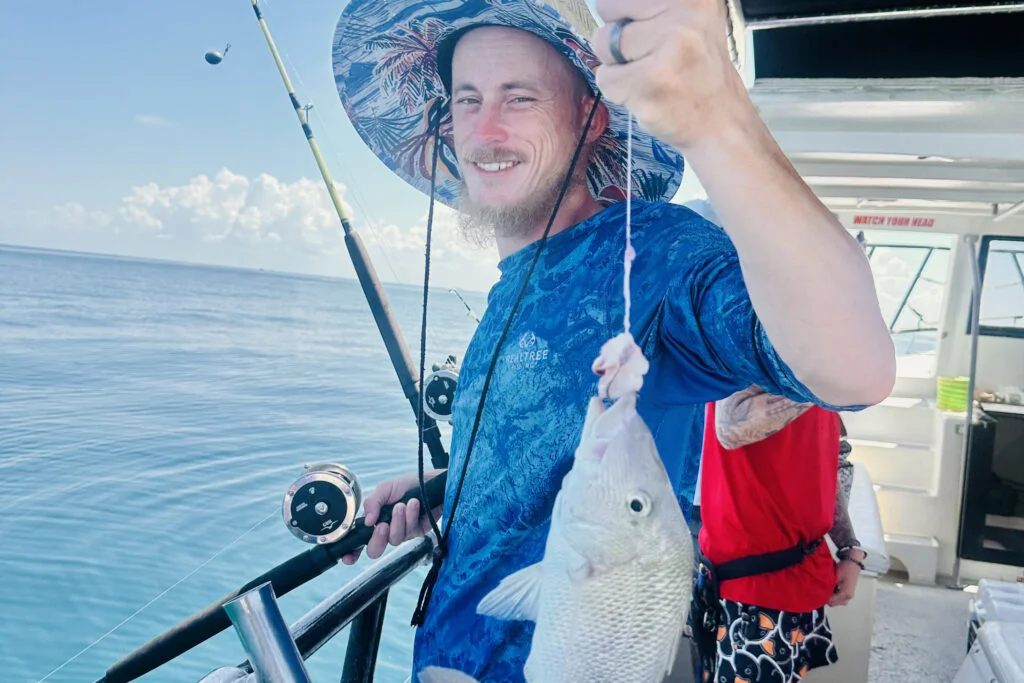
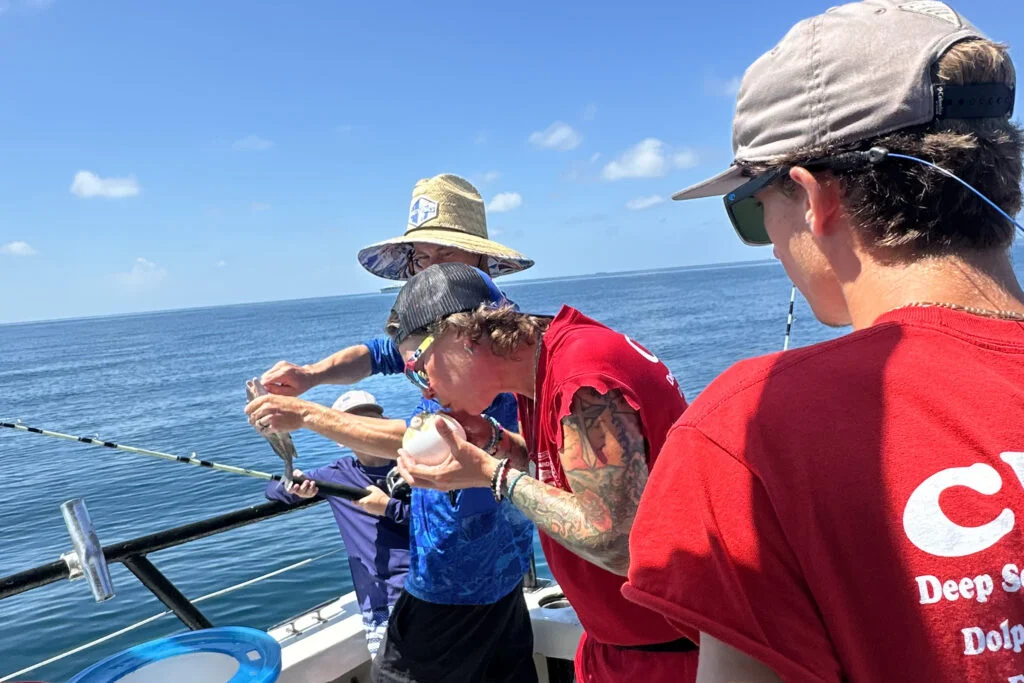
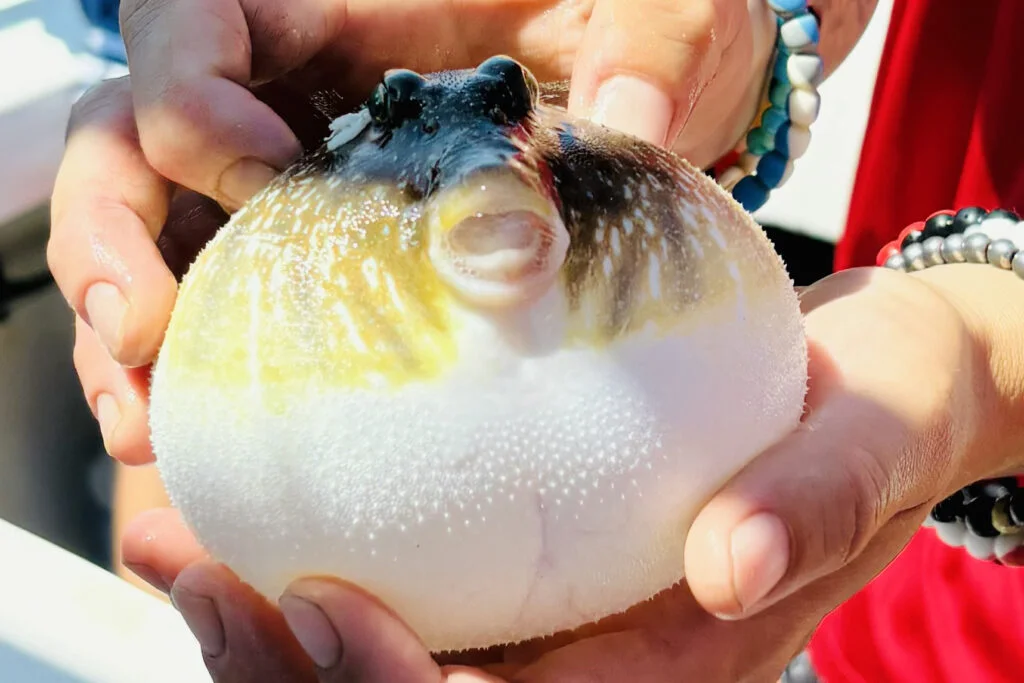
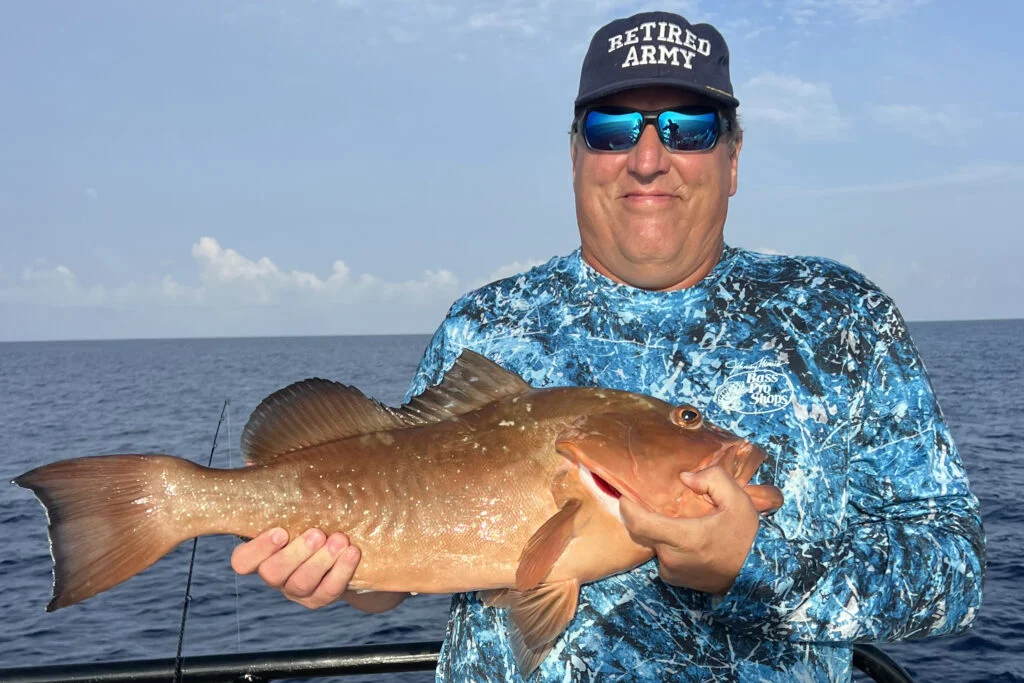
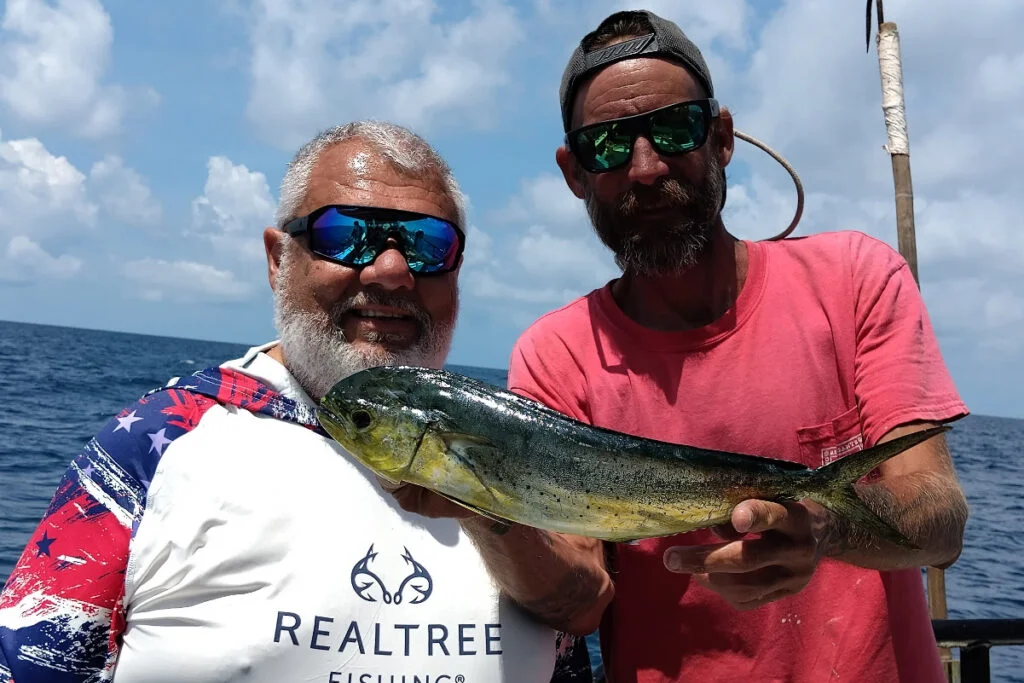
Lane snapper action has been super steady near shore, especially between 60-100ft of water. Numbers are good and the average size is solid. Mangrove snapper are showing up mostly in the deepest parts of near shore waters, offering a good option if you’re willing to go a bit farther. Red grouper have been hit or miss on our 10-hour trips, with most being caught deeper using bigger dead or live baits. Hogfish have slowed significantly with warming waters, becoming more scattered and less aggressive. Still, a few are being caught here and there throughout summer. Mackerel are still present near shore, especially closer to the beaches where bait schools are thick. However, kingfish have now mostly moved out due to rising water temperatures.
Fishing Tips
- Red Grouper: Target the deepest near shore waters with big dead baits or solid live baits. Use 60 lb test and 7/0 hooks for best results.
- Red Snapper: Use big dead baits like whole squid and bonita strips with heavy tackle to focus on larger fish. Prime trips include the 12-hour extreme, 39-hour, and 44-hour trips.
- Scamp Grouper: Use small to medium pinfish and cut threadfin, especially while targeting mangrove snapper.
- Mangrove Snapper: Near shore, use live shrimp and small chunks of threadfin on 30-40 lb test with 3-4/0 hooks. Offshore, use bigger chunks of cut threadfin or medium pinfish on 40-60 lb test with 5-7/0 hooks.
- Vermillion Snapper: Start around 100 feet of water using cut squid or threadfin. These fish are aggressive and not leader-shy.
- Yellowtail Snapper: Use shrimp, cut squid, and threadfin.
- Pelagic Species: Keep flat lines and pitch rods ready for sailfish, kingfish, wahoo, tuna, and mahi mahi.
Offshore Fishing Report
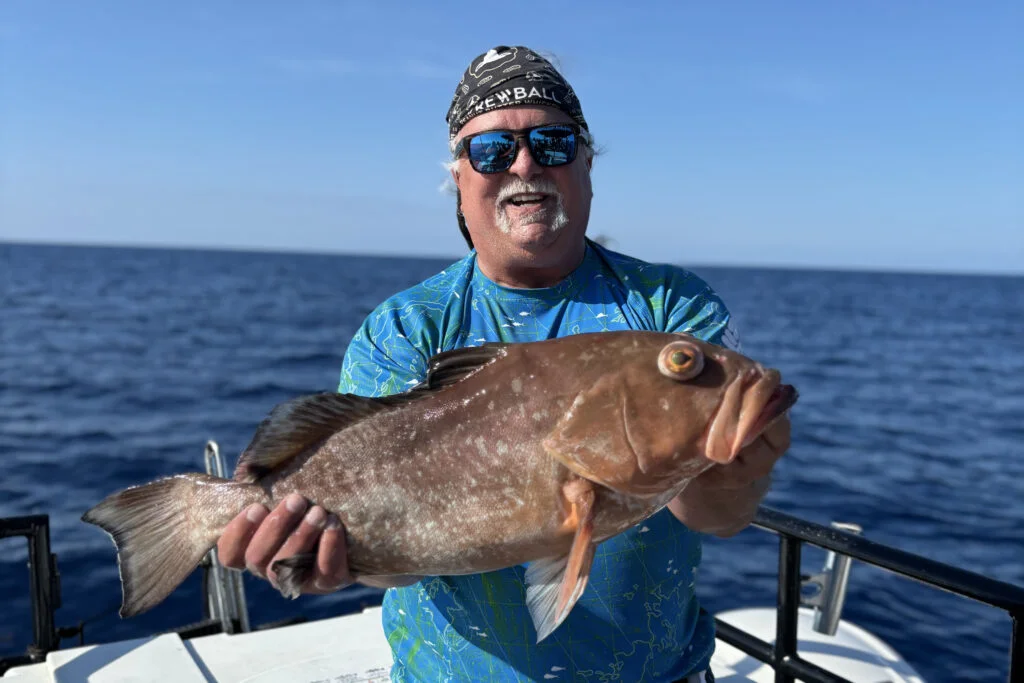
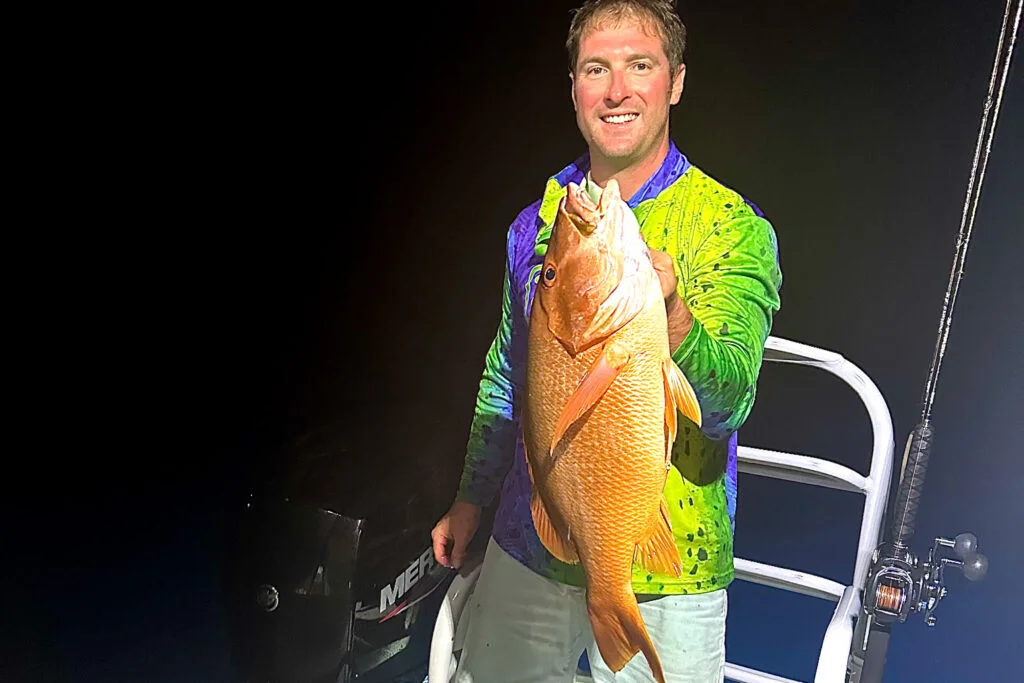
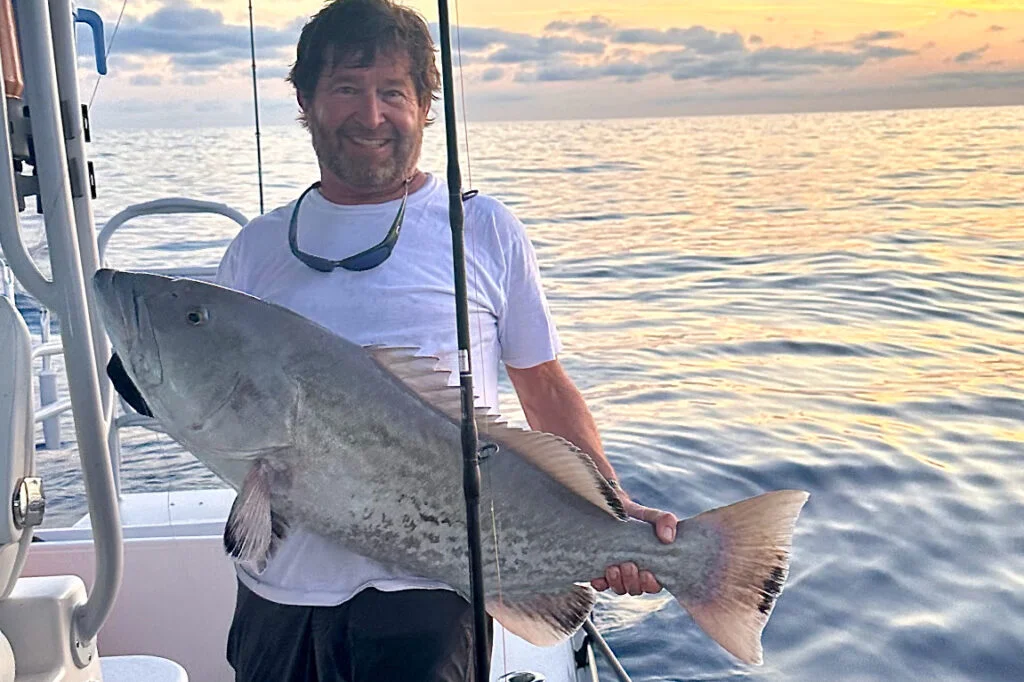

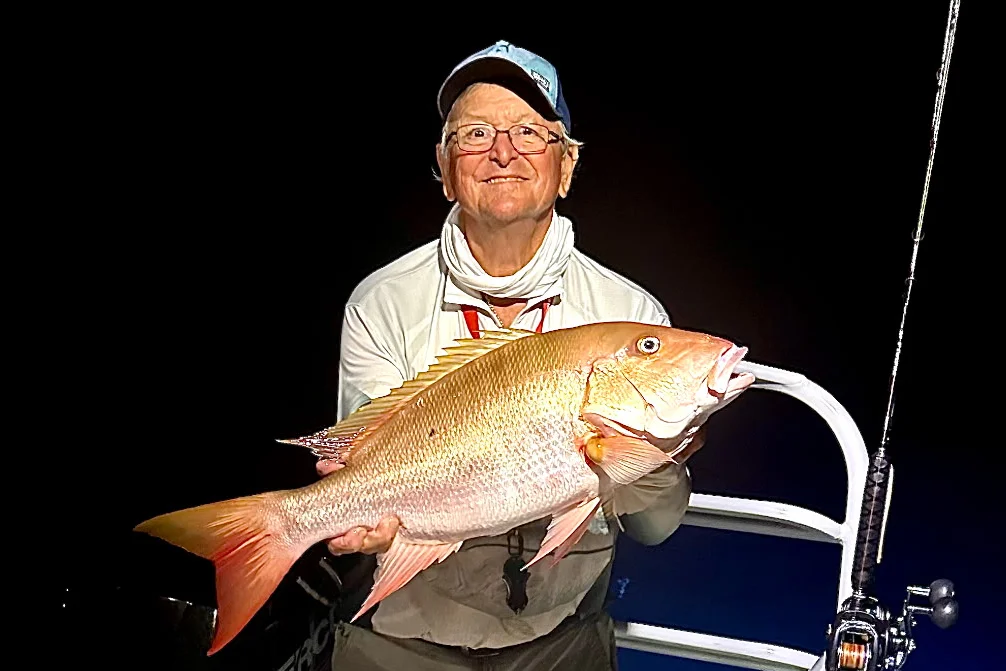

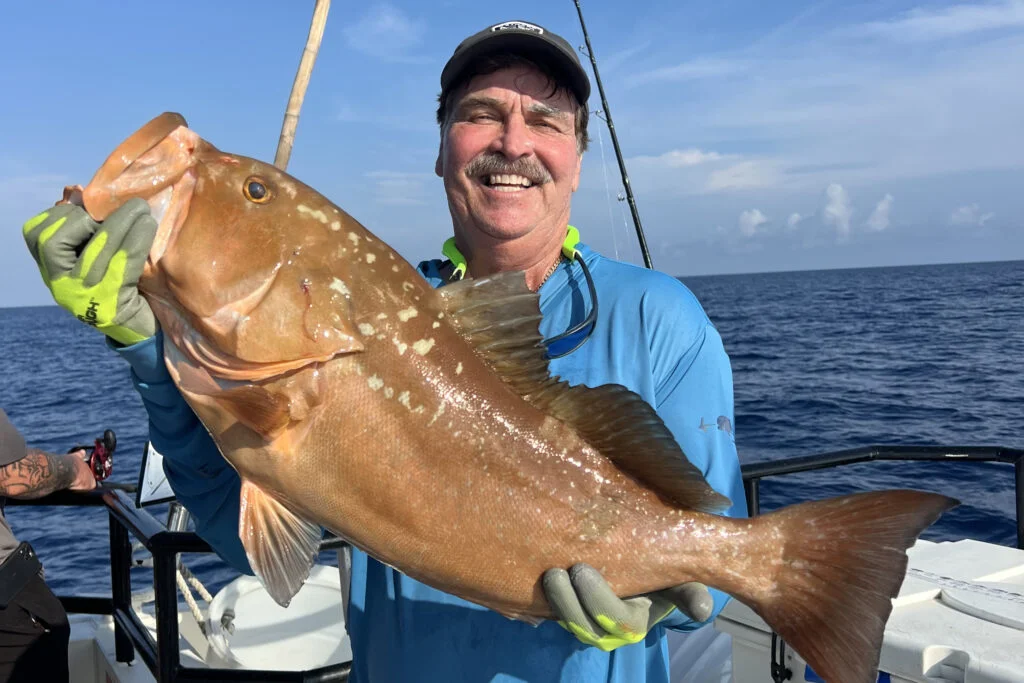
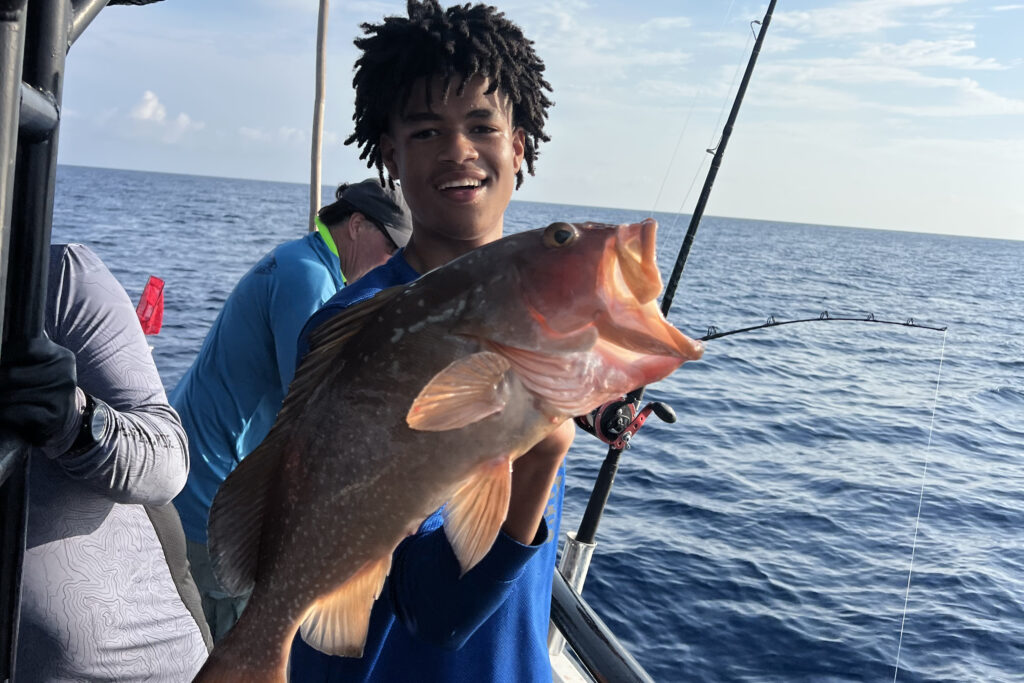
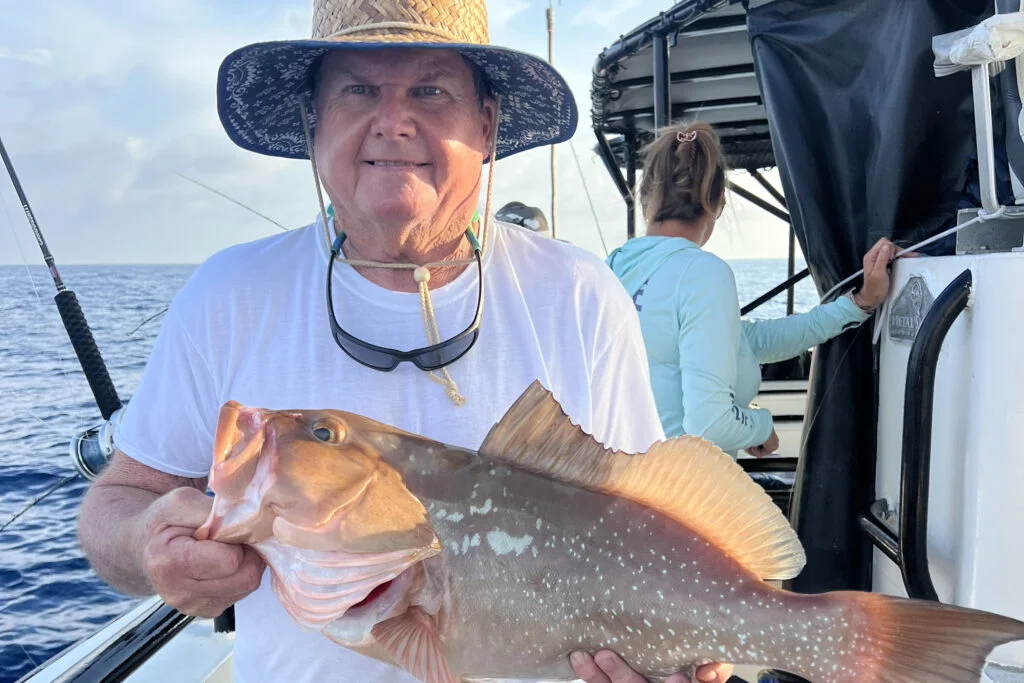
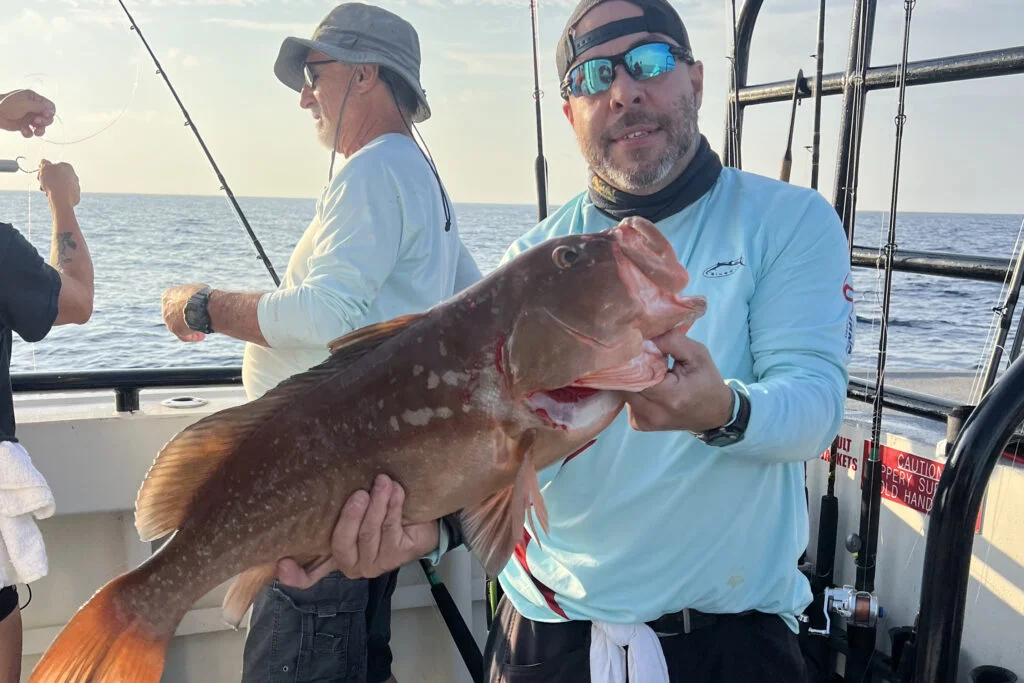
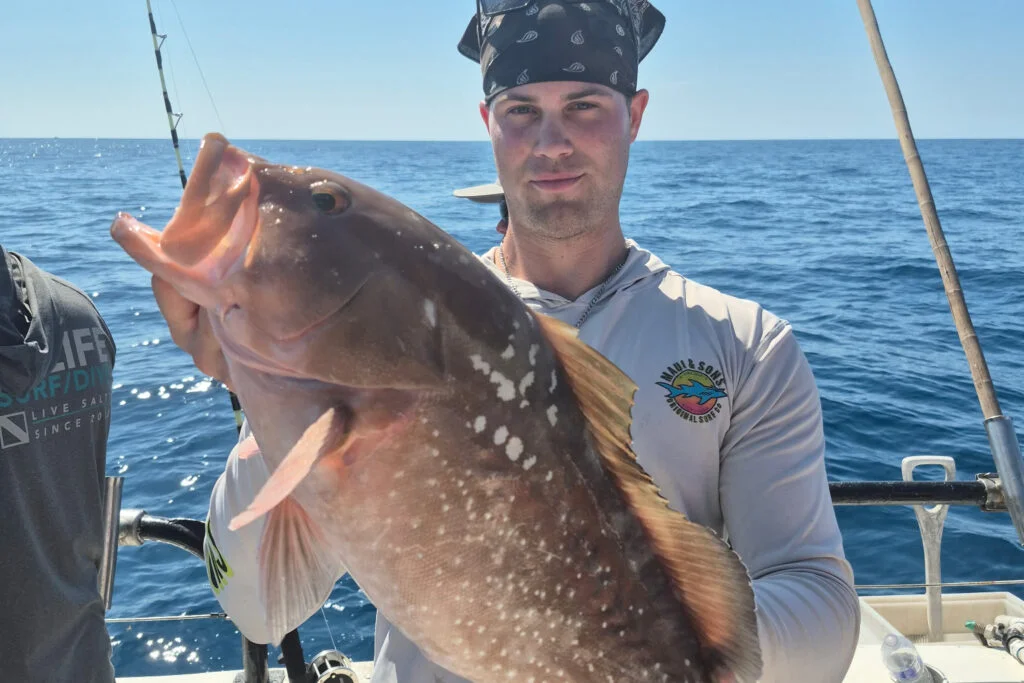
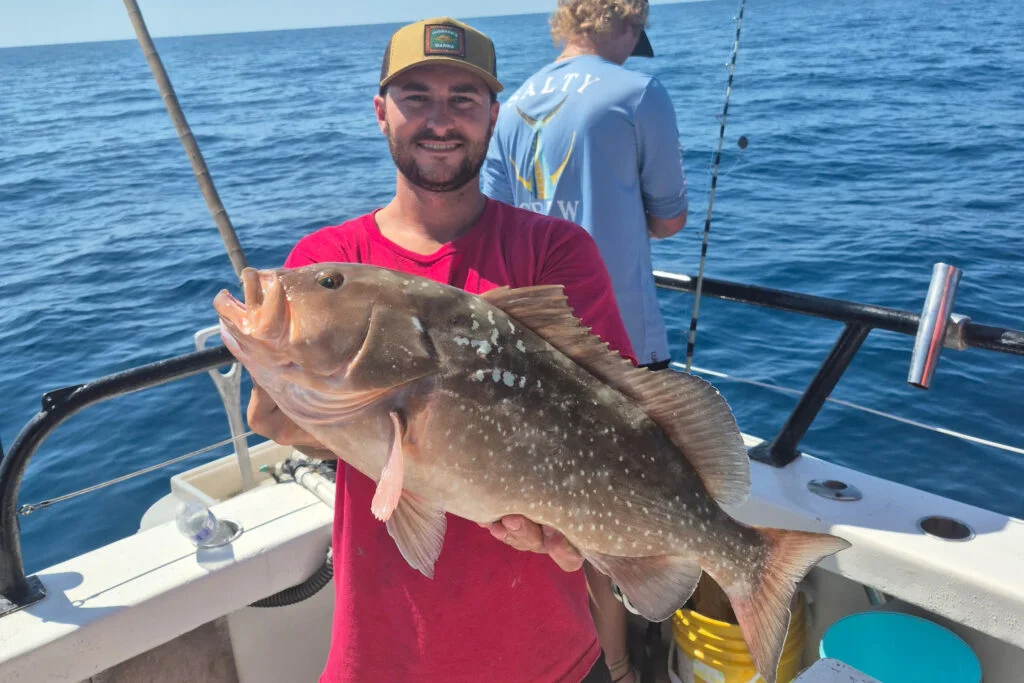
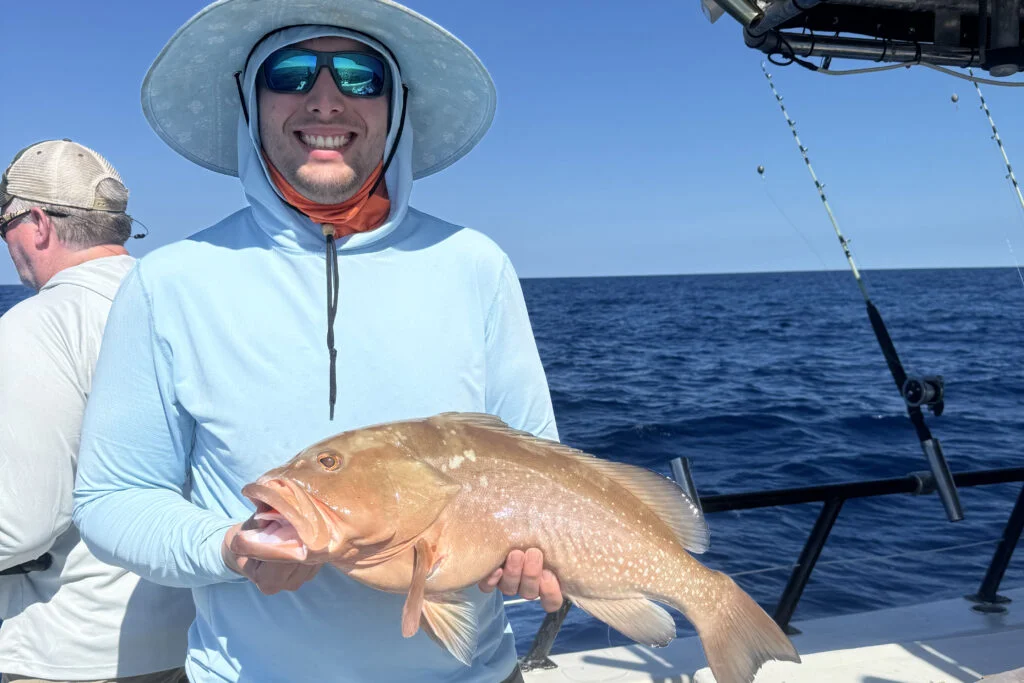

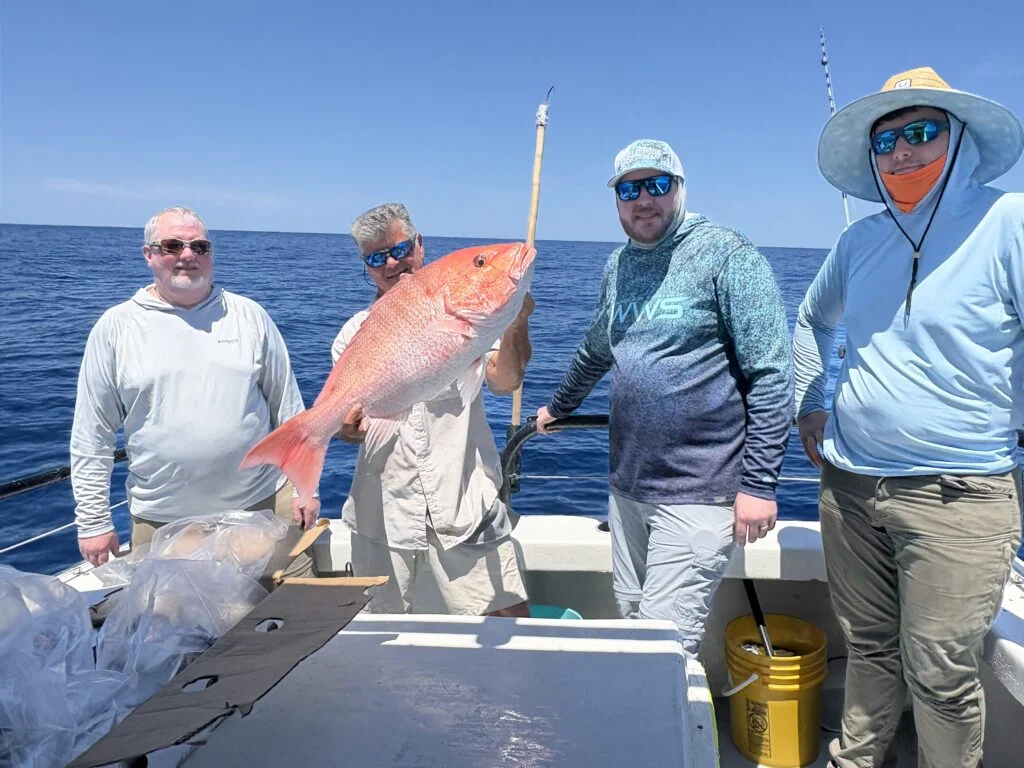

Red snapper season kicks off June 1st and runs through September 15th! We have three and a half months to get after them, with the best action starting in 120-140ft of water and peaking around 140-160ft+. They’ll eat nearly any bait, but the biggest ones come from using large dead or live offerings. Triggerfish season closes for June and July, so this weekend offers your last chance to get in on that action for a bit. Mangrove snapper fishing has been consistent, and we expect even greater quantities as summer rolls in. Yellowtail snapper should also be more active as we fish deeper during red snapper trips. Scamp grouper catches should increase as well, since red snapper pressure will take us further offshore. Pelagic species are holding steady, with reports of blackfin tuna, the occasional kingfish, and even a few wahoo adding excitement offshore.
Remember that when fishing in deeper nearshore and offshore federal waters, the Descend Act requires you to have a descending device or venting tool “rigged and ready.” If you know how to use a venting tool, keep it prepared. If not, here’s some helpful advice: https://bit.ly/3L5HTnv. Using a descending device is straightforward and doesn’t require as much precision or practice as venting. You can even get over $100 worth of descending device gear for free by taking a short course on barotrauma mitigation, which helps more fish survive. The course only takes about 10-15 minutes, and you can learn valuable techniques to protect our offshore fishery. Spread the word by visiting: https://returnemright.org/.
TERMS OF REFERENCE-
Inshore: This covers the areas from the inner bays, through the bridges, and right up to the beaches.
Near Shore: This includes the coastal waters from the beaches up to twenty miles offshore, or up to a depth of 100 feet.
Offshore: This extends from twenty miles offshore or from a depth of 100 feet and beyond.
For more fishing reports, photos, videos, and other content, check out Hubbard’s Marina on Facebook, Instagram, YouTube, TikTok, Twitter, Pinterest, or Snapchat by searching for @HubbardsMarina. Remember our family motto: “If you’re too busy to go fishing, you’re just too busy!” Thank you for reading our report.
Capt. Dylan Hubbard, Hubbard’s Marina
Phone or text: (727) 393-1947
Website: Hubbard’s Marina

